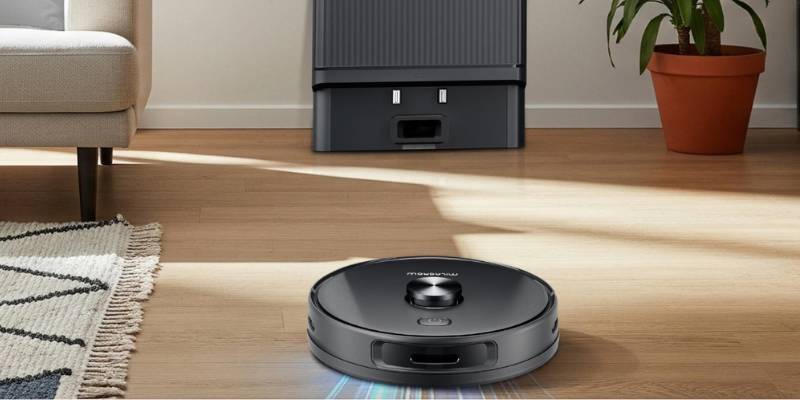There’s a new gadget in town that’s turning heads — and floors spotless. Home-tech company Milagrow has unveiled the iMap 15 AI Plus, which it claims to be the world’s first convertible AI robot vacuum cleaner.
Think of it as a floor-cleaning robot that not only maps your house like a pro but can also transform into a handheld vacuum when you need to chase crumbs on the couch or dust bunnies under the bed.
You can read more about how Milagrow launched the iMap 15 AI Plus as the world’s first convertible AI vacuum, a bold step for a company that’s been quietly pushing robotics into everyday chores.
The clever bit here isn’t just that it vacuums and mops at once — plenty of bots do that. It’s that the iMap 15’s detachable system lets it morph from autonomous cleaner to handheld mode, complete with a hose and nozzle.
That’s right, the robot that usually roams your floors can suddenly become your stair-cleaning sidekick.
According to Milagrow’s product specs on its official site, it sports a massive 10,000 Pa suction power, a self-emptying dustbin, and LiDAR + SLAM mapping that can chart a home down to 8 mm accuracy.
It even promises over four hours of battery life, which is frankly longer than most people spend cleaning in a week.
For those who crave even more oomph, there’s an LTW version with boosted suction and extended runtime.
You can check out the LTW model that takes performance up a notch. The design philosophy is clear — one machine that does it all, instead of scattering half a dozen gadgets around your apartment like tech confetti.
What really makes this device interesting isn’t the hardware, though — it’s the smarts. Milagrow says its new AI system lets the vacuum learn your floor plan and adjust behavior based on past cleaning sessions.
That’s part of a larger trend in home robotics, where manufacturers are using AI training loops to help devices recognize spaces, habits, and even cleaning priorities.
A recent analysis of AI-driven home products suggested that Google’s Gemini-powered smart home updates and Samsung’s “Bespoke AI” appliances are steering the same direction — smarter systems that don’t just automate, but actually understand their owners.
It’s easy to get cynical about AI buzzwords, but this one feels different. Imagine a world where your robot vacuum doesn’t just dodge the cat — it knows the cat’s favorite nap corner and plans a route around it.
Milagrow’s pitch is that this isn’t luxury anymore; it’s the next step toward “adaptive cleaning,” where the machine truly personalizes its behavior to your life.
That’s the same idea fueling LG’s new “zero-labor home” initiative, a vision of homes that run themselves while you, ideally, don’t lift a finger.
I’ll admit it — as someone who’s lost count of how many robot vacuums I’ve owned, this one caught my attention.
The detachable handheld mode feels like the missing piece. Still, the skeptic in me wonders how durable that joint system is, and whether it’ll hold up after months of everyday use.
But if Milagrow delivers what it promises, we might just be looking at the future of domestic robotics — one that cleans, adapts, and maybe even listens when you mutter about that one crumb it missed.


